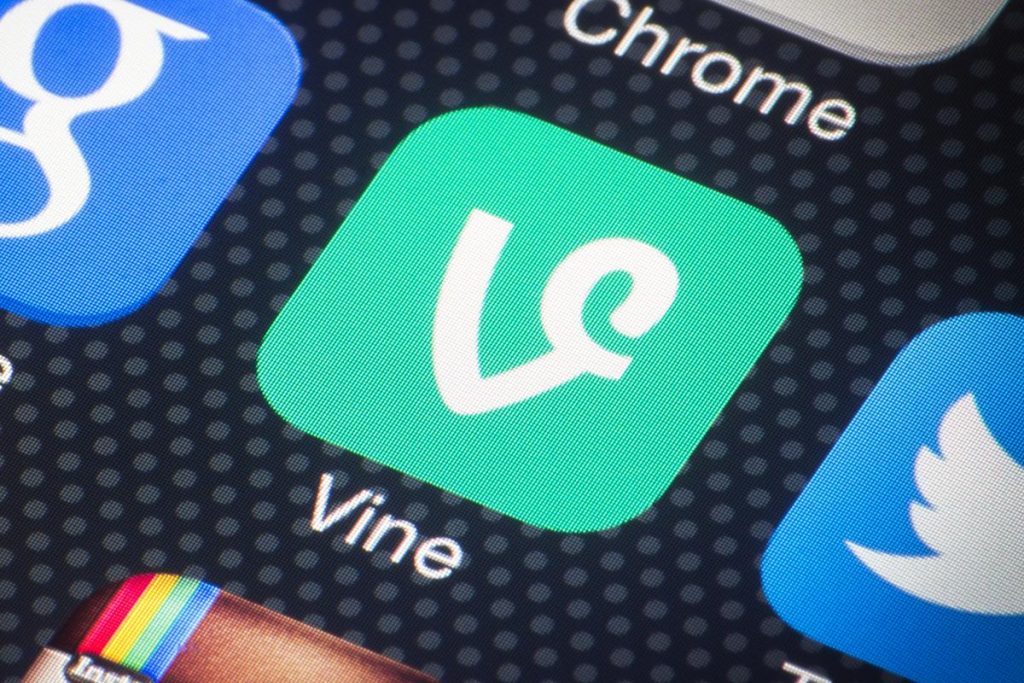Social media, very much like being cool, is a hard nut to crack. Knowing what spark will catch on and become the next big thing and what will fizzle out is the billion dollar question posited by tech entrepreneurs the world over. For Twitter’s social media service Periscope, it looks like it’s days are numbered.

Hitting the scene in 2015, Periscope aimed to cater to the fledgling Live Streaming market with real world events being it’s area of focus. Anything from book signings to protests were streamed live by some of it’s millions of users during it’s 5 year operation. With Periscope handling live streaming, Twitter itself by and large relegated this feature to Periscope alone, but as stiff competition in the forms of YouTube and Facebook have chipped away at the user base, Periscope has become increasingly burdensome and expensive for Twitter to operate, hastening it’s planned demise in 2021.

While Live Streaming is Periscope’s main claim to fame, it’s not been the most user friendly platform nor has it bested it’s rivals at it’s market niche. Back in May, even Jack Dorsey himself, CEO of Twitter, accidentally streamed a company-only live stream to discuss “consumer work” and “updates to the board” not to the company, but to the whole world. “Just realized this is live” Dorsey said before hurriedly culling the rogue stream, moving onto his native Twitter to clarify the matter to the swathes of intrigued bloggers and a humored public.
The live streaming space is a fiercely competitive one, and it’s hard to know what combination will be the secret sauce to a household name. Ultimately, having the same features integrated into Instagram, Facebook or YouTube was more convenient, easier and appealing to people at large.

It’s curious to note that Periscope isn’t the only Twitter owned staple to have suffered a closure fate. Vine, a hugely popular short form video upload service, not too different from the massively popular TikTok app that is rave with the Gen Z generation at the moment, got relieved from duty in 2016 despite being bought in 2012, a mere 4 year stint. Short form video and live streaming appetite didn’t evaporate, nor was it a fad that faded out. In both cases what Twitter was offering wasn’t jiving with consumers, who ultimately took their eyeballs, likes, clicks, taps and swipes elsewhere.
There’ll be a devoted set that’ll stay on Periscope despite getting the low battery warning with no charger in sight to see out it’s remaining days, as Twitter begins to integrate what worked into the main Twitter app, leaving the rest behind to the annals of tech history. Unfortunately services both beloved or begrudged come and go with only the titans remaining, but ultimately as the market decides the survival of the fittest, the best will carry on to bring joy, curiosity and utility to the denizens of the internet.
